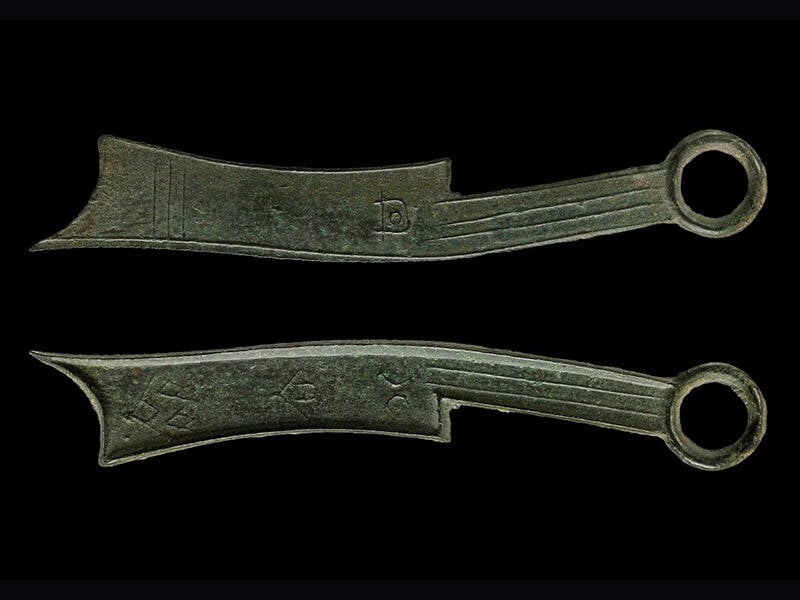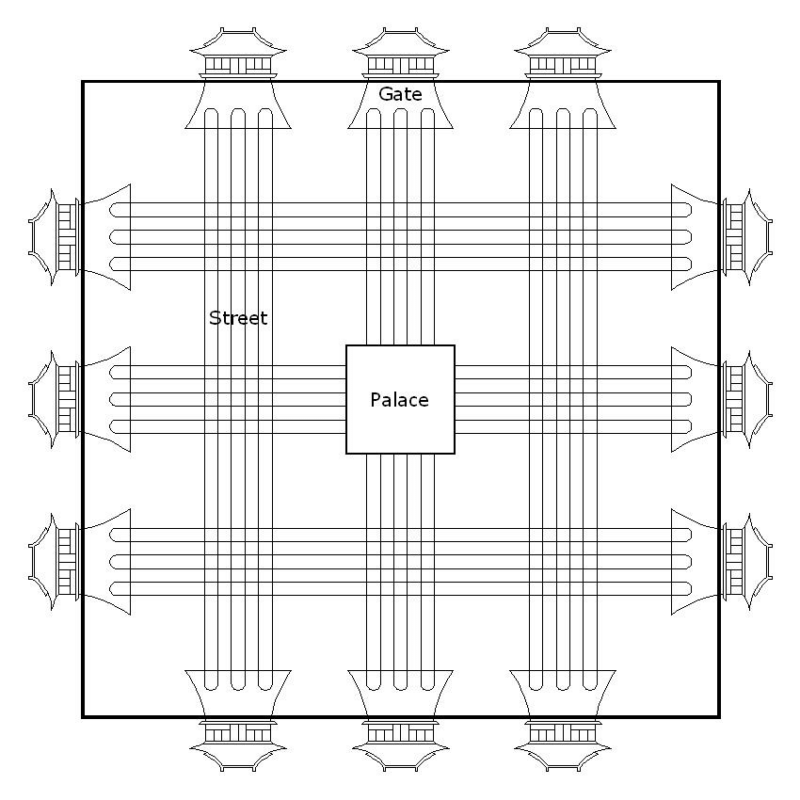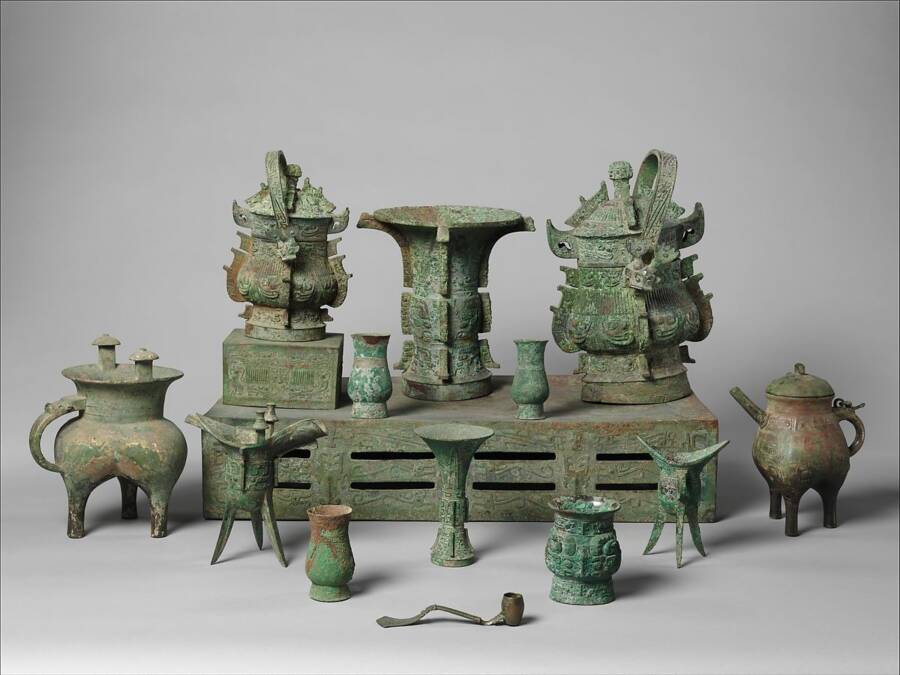For centuries, researchers have puzzled over the ingredients in a 2,300-year-old Chinese recipe for bronze. Now, they think they've finally figured them out.

The Trustees of the British MuseumThese knife coins were used as a form of currency in imperial China 2,500 years ago.
For decades, researchers have puzzled over ancient China’s prolific bronze industry — and they may have just found their answer in a mysterious, 2,300-year-old text.
In a study published in the journal Antiquity, scientists in England say that they have identified a recipe by which imperial China manufactured bronze on a massive scale, written in an ancient text known as the Kaogong ji.
This collection of documents is widely considered to be the oldest-known technological encyclopedia, with parts of it dating back 2,500 years. The book includes six chemistry formulas for creating the bronze used in making swords, bells, axes, knives, mirrors, and more.
“These recipes were used in the largest bronze industry in Eurasia during this period,” said Ruiliang Liu, curator of the Early China Collection at the British Museum in London, according to CNN. “Attempts to reconstruct these processes have been made for more than a hundred years, but have failed.”

researchgate.netThe ideal capital city in imperial China from the Kaogong ji.
Indeed, for the last century, researchers have been puzzling over the ingredients jin and xi, which were once thought to be copper and tin, two key components of bronze. The meanings of these words are further complicated by the fact that “jin” means gold in modern Chinese.
But when they tried to mix these ingredients according to the book’s instruction, their results didn’t match the ancient bronze artifacts of imperial China.
Now, it seems that mystery might finally be solved. “For the first time in more than 100 years of scholarship, we have produced a viable explanation of how to interpret the recipes for making bronze objects in early China,” said the study’s lead author, Oxford University’s director of the Research Laboratory for Archaeology and the History of Art, Mark Pollard.

The MetArtifacts that would have been used on a Bronze Age Chinese altar, found in the tomb of a Western Zhou aristocrat in Shaanxi province.
For this latest study, according to Science, Liu and Pollard tested the chemical composition of 2,400-year-old knife coins — bronze knives used as currency — that were fabricated during the same time period that these recipes were written. Doing so proved to be instrumental, as their results showed that most of these coins were composed of two specific metal alloys.
Metal alloys are combinations of at least two distinct elements, which implies that ancient Chinese metalsmithing was far more complex than previously thought. “This represents an additional but previously unknown layer in the web of metal production and supply in China,” Liu added.
Indeed, it is now believed that jin and xi might actually be a couple of pre-mixed metal alloys: one that is a combination of copper, tin, and lead, and another that is made of copper and lead. Liu and Pollard theorize that these alloys were then turned into blocks and distributed to bronze manufacturers throughout the empire.
“There’s a much bigger network of control and supply, and we really don’t understand how that happens,” Liu added.

FlickrThe tomb of Fu Hao in Yinxu, the ruins of the ancient Shang dynasty capital Yin.
The question of just how China was able to produce such a startling amount of bronze — an amount that outpaced anything found in Europe during the same time period — garnered intense interest back in 1976 with the discovery of 1.5 tons of bronze artifacts in the imperial tomb of Fu Hao, a Chinese general in the Shang dynasty.
Some researchers, however, remain skeptical of these findings. They suggest that the Kaogong ji could have been written by administrators instead of craftsmen, thereby fudging the recipe based on their lack of specific knowledge.
Nonetheless, the process of chemical analysis that Liu and Pollard used will likely be instrumental in similar studies about ancient metallurgy from different cultures and regions in the future.
After this look at how scientists think they’ve cracked the mysterious ancient Chinese recipe for bronze, check out these photos of the Qing Dynasty before China’s communist revolution. Or, read about how the mystery of these ancient Chinese pyramids might have finally been solved.





